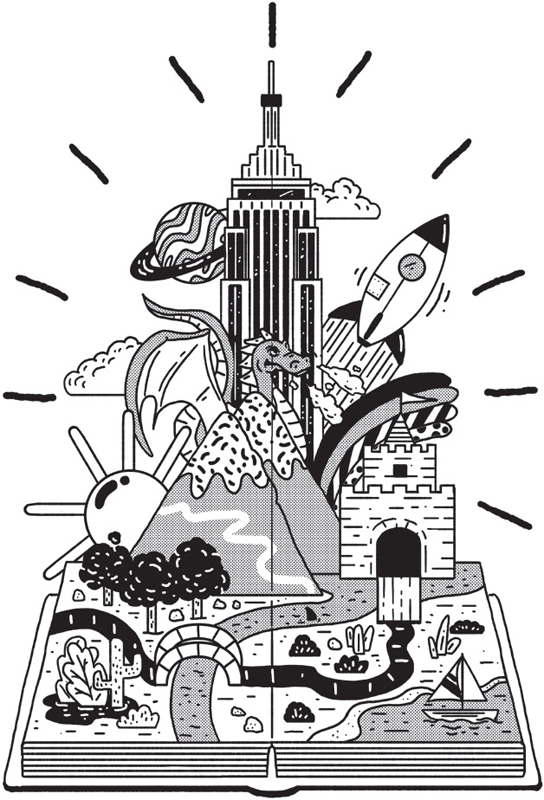
NarrativesThe titillations of a well-told tale
Our species has been telling tales since we first grunted indecent and hairy onto icy tundras, waving rocks at things much bigger and more ill-tempered than us. The lucky ones who made it home told stories of their survival to their tribe, and their tribe learned valuable lessons about bigger stones and better cardiovascular endurance.
From way back then, to now, and probably far into the future, storytelling is the way we naturally share and interpret experiences, pass on knowledge, record history and entertain one another. Yes, long before PowerPoint and policy manuals, stories were the way we learned things: skills, history, ethics, morals, cultural norms … and aforementioned wildlife evasion.
There’s no way we could talk about speaking human without including narratives. But let’s be frank, using stories in the workplace is hardly a groundbreaking idea. There are countless books, articles and experts in the industry spruiking storytelling as the cure to all our engagement troubles.
Intuitively, most of us already know that stories are a great way to connect. It’s how and when we use them that trips us up. Not to mention that some of us are natural storytellers, and others … not so much. Don’t worry, though, we don’t need to become the type who tells ‘the one that got away’ fishing yarns down at the local pub on a Saturday ...
Get How to Speak Human now with the O’Reilly learning platform.
O’Reilly members experience books, live events, courses curated by job role, and more from O’Reilly and nearly 200 top publishers.

